Last Updated on August 2, 2021
Come the end of this review for the new, very expensive take on THE CALL OF THE WILD, it’s very possible I will sound as old and grizzled as Harrison Ford’s lead (human) character in the movie. In a world of movies where anything that qualifies as “action” and/or “adventure” attempts to blow up half the world over the course of its runtime (albeit spectacularly), here comes an adventure movie that dares to excite and move audiences with precious little but the beautiful world around us. Okay, it may accomplish this by blowing out the visual effects budget, but at least we get an adorable leading man out of it.
Despite Harrison Ford’s name being on the marquee, the story is all about the dog who answers the titular call of the wild, Buck. Even a few years ago an adaptation would’ve done what it could with a real dog, putting the pup in severe cold and through other trials and tribulations at the mercy of nature that would make you wonder if what the filmmakers were doing was all legal. But here, CG technology (and a big chunk of a $100+ million budget) went to crafting a digital dog, one which walks the line between goofy-looking/distracting and so realistic you want to leap over and scratch his little ears. In there is a nice sweet spot, which allows the dog to look, move and sound like a good boy, all while possessing the emotional range of a lead character you actually care about across the wild journey. Much of this is thanks to motion capture reference work from Terry Notary (the recent PLANET OF THE APES movies), and I can expect many people who disliked Disney’s remake of THE LION KING – which featured photorealistic digital animals – will walk away wondering why the animals in that movie couldn’t emote half as well as Buck does.
In the beginning, our adventure finds the fluffy hero acting a fool, spoiled and silly as he ruins the family feast at his comfy Southern homestead, and getting away with making a mess in town because he’s the judge’s (Bradley Whitford) dog. It’s like how the punk rich kid in a teen movie gets to speed around and pick on the dorky kids because he’s the mayor’s son, but here it’s okay because the character deserves belly rubs and not a smack to the face. But tragedy strikes when Buck, relegated to sleeping on the porch for being a bad dog, is kidnapped by a man who saw a massive “Money for dogs!” ad in the paper, and is then sent to the Yukon and sold to become a sled dog under the command of the lovable duo of Omar Sy’s Perrault and Cara Gee’s Françoise.
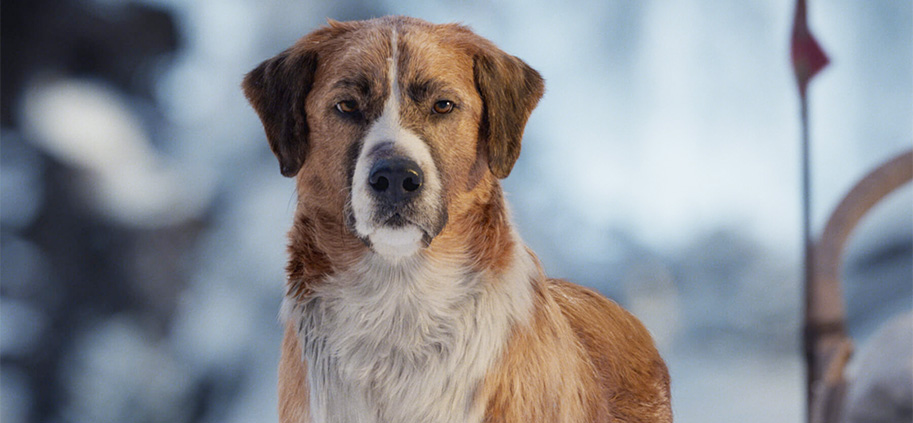
For a large chunk of the story, which whittled down to the essentials and to the heart of Jack London's117-year-old book by writer Michael Green, we see Buck go through a series of trials as a burgeoning sled dog. Anyone who walks in wondering why they went through so much trouble to craft a digital pup when there are plenty of equally adorable and talented ones nearby will soon get the picture. To make the movie director Chris Sanders and the team wanted to, there’s no earthly way a batch of real dogs could get through the intense stunts through grand landscapes, let alone safely, and feel like bodied characters capable of some decent slapstick. Over the course of his travels, Buck goes from greenhorn outcast to top dog, his good nature and courage winning him appraisal from the other dogs. It also helps he – through some bloodless violence and against a dramatic, aurora-lit-sky backdrop – took down the vindictive lead of his dog sled team, one who was actually quite catty for a dog, if I may be so bold.
Across this journey, we get to see some impressive visual recreations of the vast Northern landscape, with none other than Janusz Kaminski, one of the top cinematographers of the day, lending his eye to the proceedings. In fact, that addition alone warrants a theater viewing, if not to see how a master like him works with lighting around a digital dog. As beautiful as it can often look, there are times when the abundance of CGI makes everything look a bit wonky and clearly green-screened, which can happen when they get in for close-ups, But, when there’s plenty of space, the wilderness is vast and full of green, clear water, and rich, white snow. And while Buck may have more liberties taken with him as a digital character, all the other animals that show up are more closely rendered in the way you would see in something like THE JUNGLE BOOK, having a bit more photorealism to them.
The show does not entirely belong to the good dog, with Ford in there sporting a big beard to match all the digital fur around him. Ford is gruffy and amiable, and at this point in his career, he’s the perfect candidate to play the rugged outdoorsman with a sweet spot named John. Acting almost entirely alongside a CGI dog, and sharing all the movie’s most emotional moments with it, couldn’t have been an easy task – but Ford sells it like a pro. Through it all, Ford even gets to throw a punch or two, dive into the action and sell a few jokes in the process. If Buck is the ultimate doggo companion, you really couldn’t ask for a better human to journey alongside him with. Yeah, his character is an alcoholic with deep emotional problems, but it’s okay for kids because Buck gets to play around and steal his booze to sway him to give him up. A man attempting to drink his sorrows away has never been for precious!
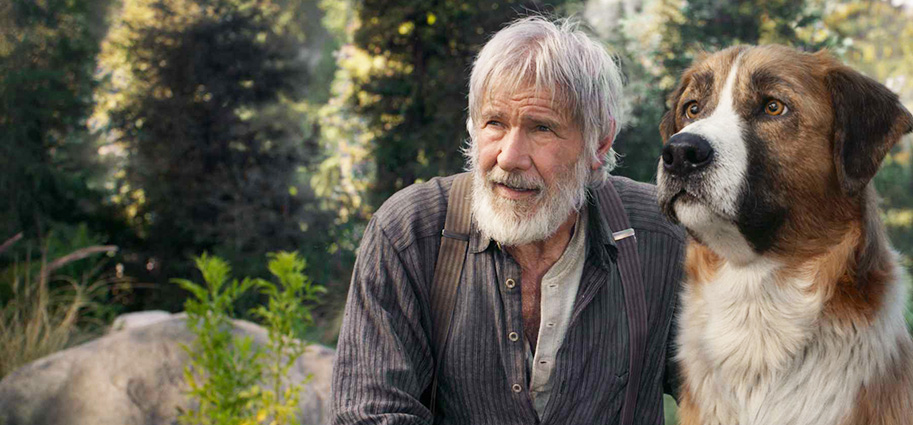 Rounding out the supporting cast, Dan Stevens plays the movie’s heavy, Hal, in a role expanded a bit from the book as he hunts down Buck and John after he believes they sabotaged his gold hunting mission. The role feels shoehorned in for the sake of giving a villain to everything (and to lead to a climax that’s more politically-correct from the book’s finale) and Stevens is in his own world with the character. Jumping right in as the rich dandy with a dastardly cartoonishness, he’s just as likely to shoot Buck as he is to tie him to the railroad tracks and twirl his mustache in the process. While Ford and Buck are looking to tug at your heartstrings with some genuine pathos, Stevens swoops in with some scene-chewing line delivery that can’t help but throw things off a bit. As the kids say, it was certainly a choice.
Rounding out the supporting cast, Dan Stevens plays the movie’s heavy, Hal, in a role expanded a bit from the book as he hunts down Buck and John after he believes they sabotaged his gold hunting mission. The role feels shoehorned in for the sake of giving a villain to everything (and to lead to a climax that’s more politically-correct from the book’s finale) and Stevens is in his own world with the character. Jumping right in as the rich dandy with a dastardly cartoonishness, he’s just as likely to shoot Buck as he is to tie him to the railroad tracks and twirl his mustache in the process. While Ford and Buck are looking to tug at your heartstrings with some genuine pathos, Stevens swoops in with some scene-chewing line delivery that can’t help but throw things off a bit. As the kids say, it was certainly a choice.
At a brisk 95 minutes, there’s plenty crammed in to make you feel like you’re getting a hefty dose of the excitement and dog-human-relationship sweetness that this very old story can supply. Given the old-fashioned-ness of everything except the expensive pooches, it’s hard to say if audiences (especially little ones) will be swept away by it all as they would’ve years ago. There’s adventure, but the stakes are not cataclysmic, and it’s all about driving home themes about reconnecting with nature after living so far detached from it – and all through the perspective of a dog. Right there is where anyone wondering why there’s use for another big-screen adaptation of this story may find their answer. There’s so much explosiveness aimed at moviegoers today, THE CALL OF THE WILD offers sheer old-school thrills and pure sense of heart that anyone can fall in love with, and recalls a nostalgic sense of wonder in the natural world, all delivered in ways that don’t feel cheap or cloying (but if a little digitally bloated). I don’t know if that’s enough to propel the box office, but it’s certainly reason enough to make this old tale worth revisiting. See, I sound like a grandpa.


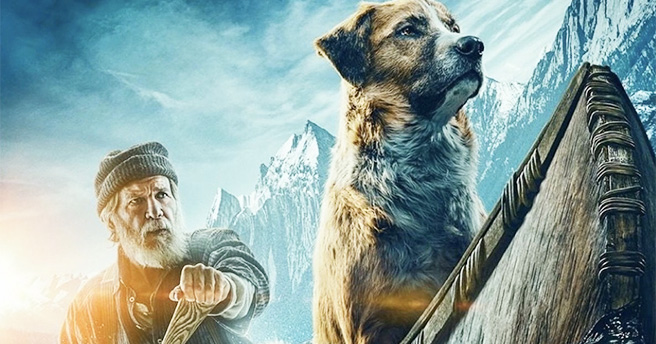
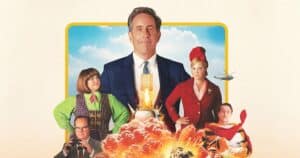
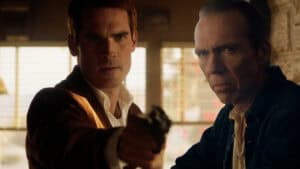
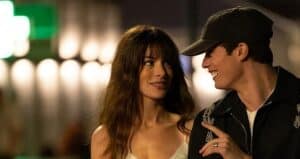
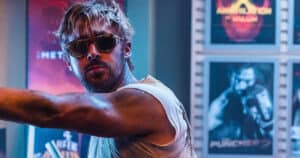
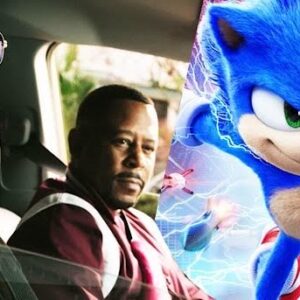
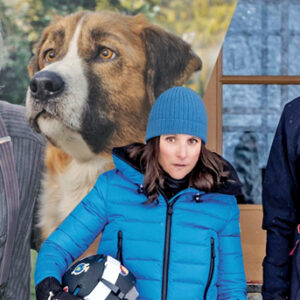
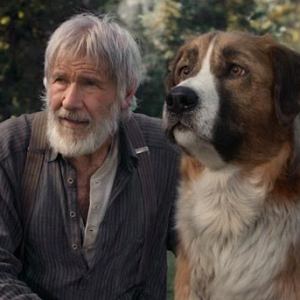
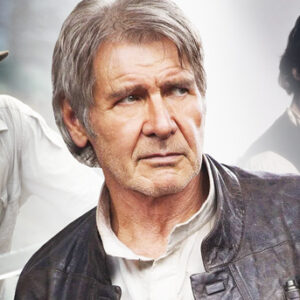
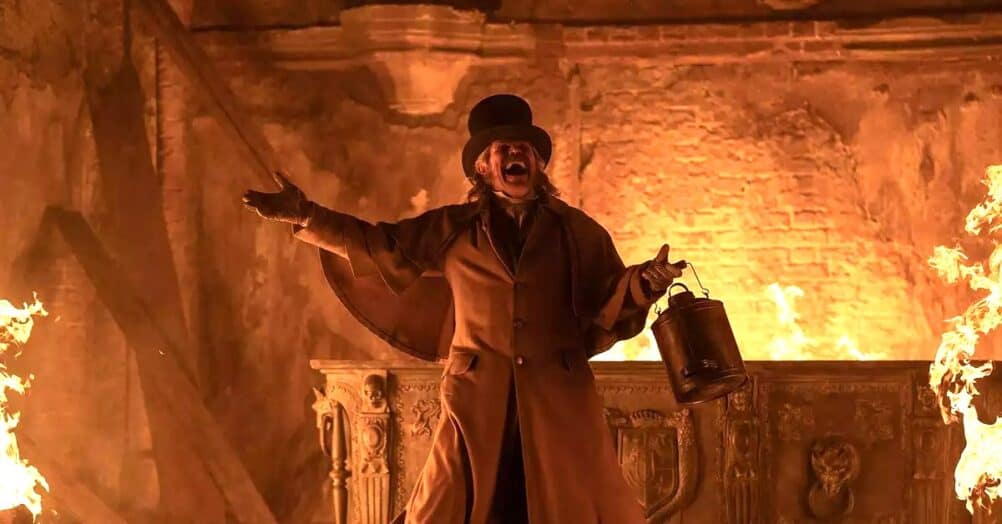
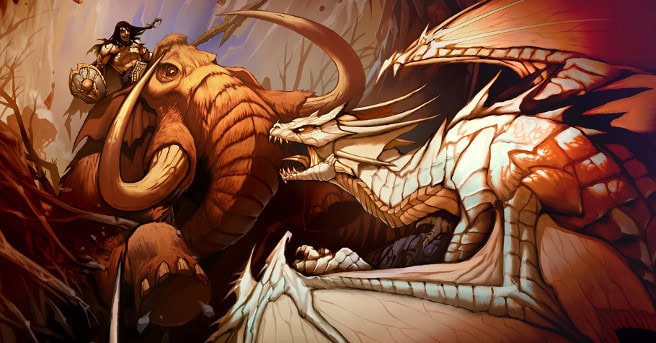
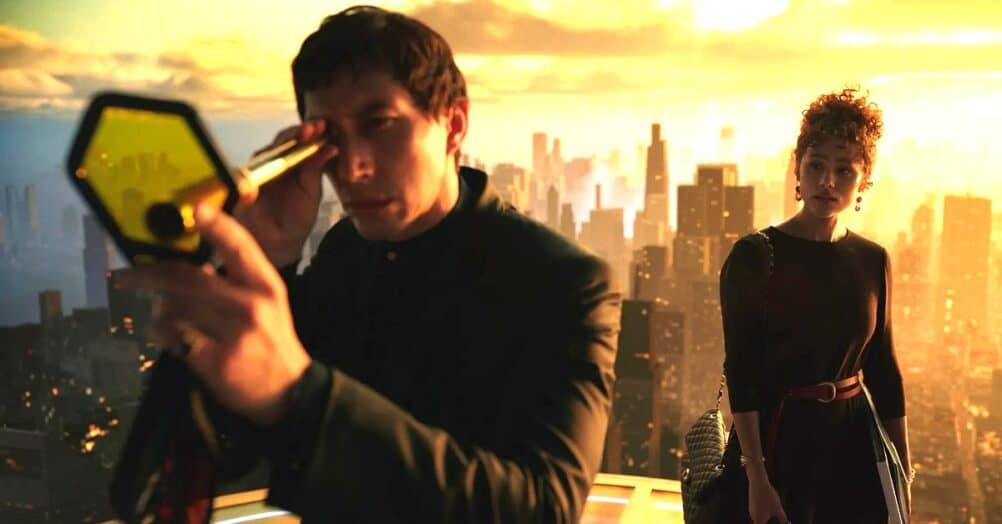
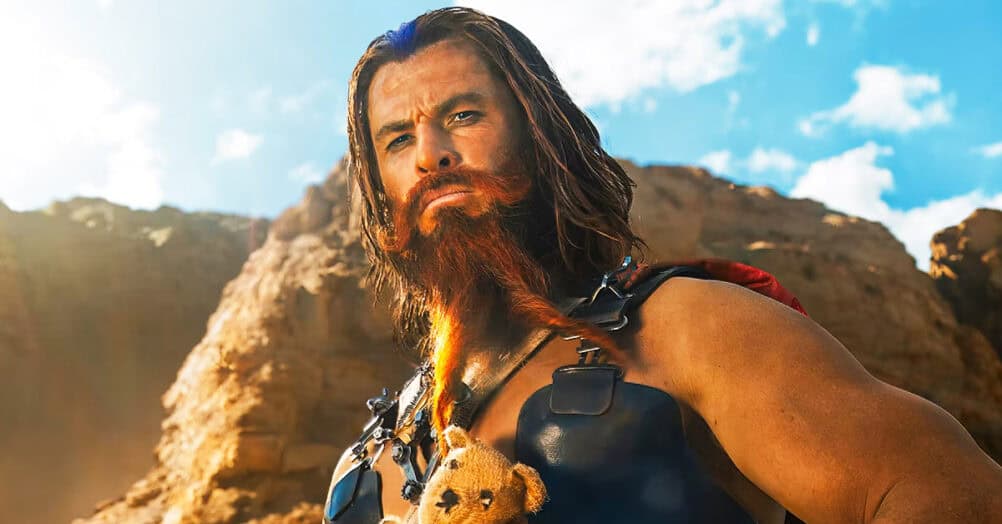
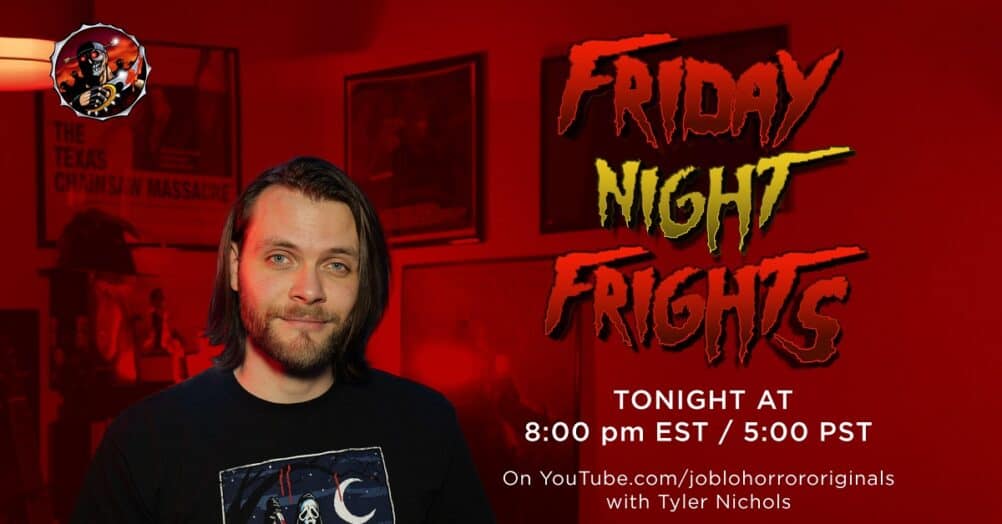
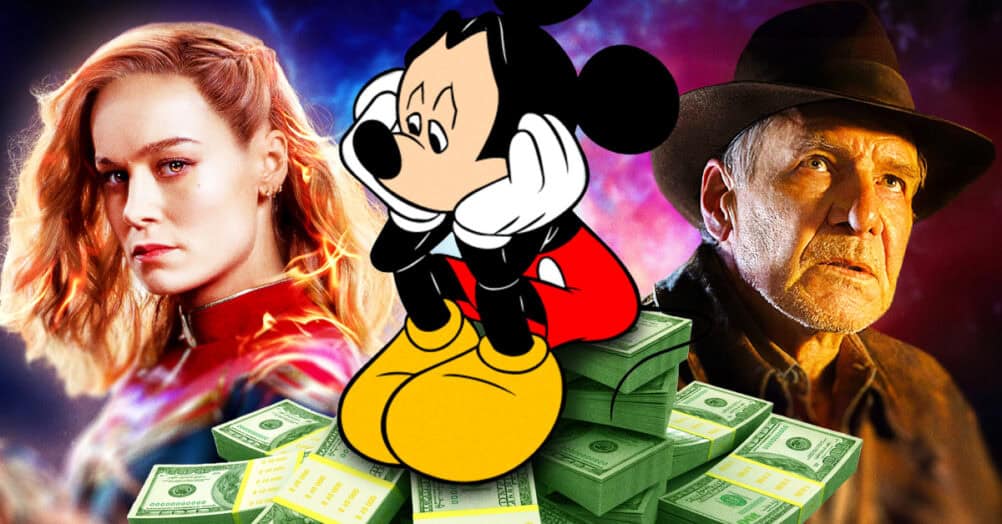
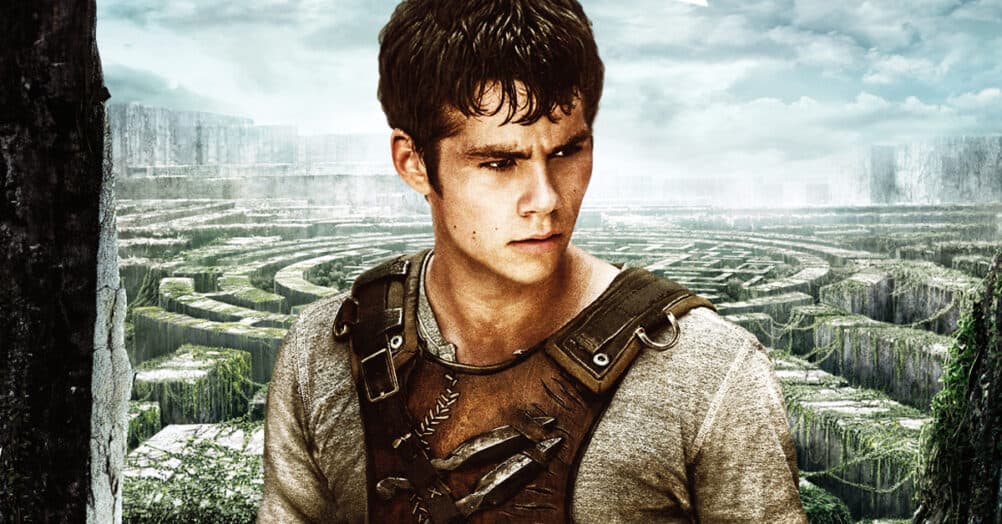
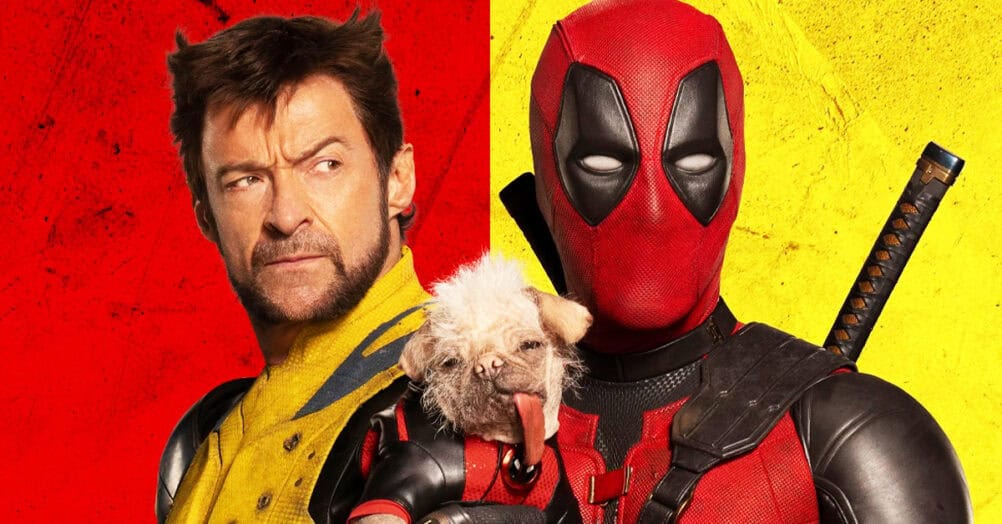
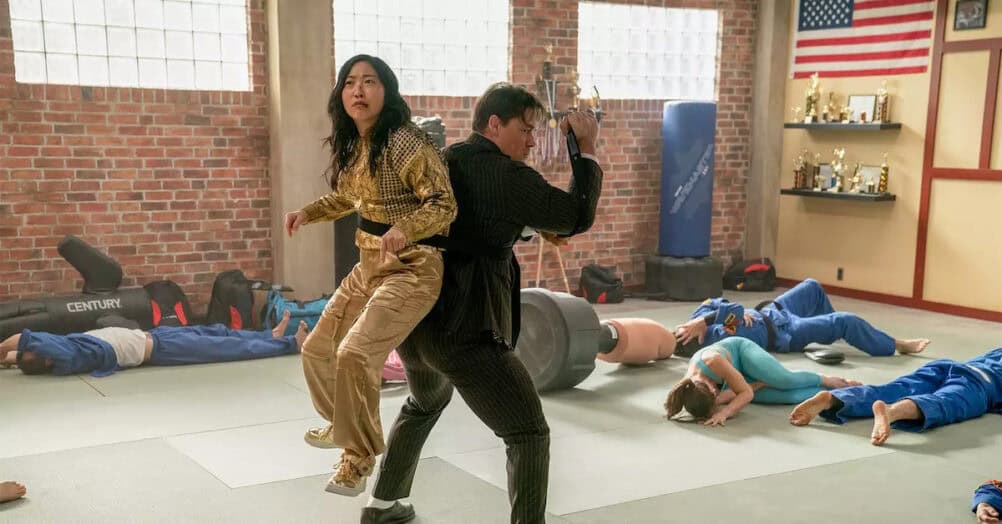
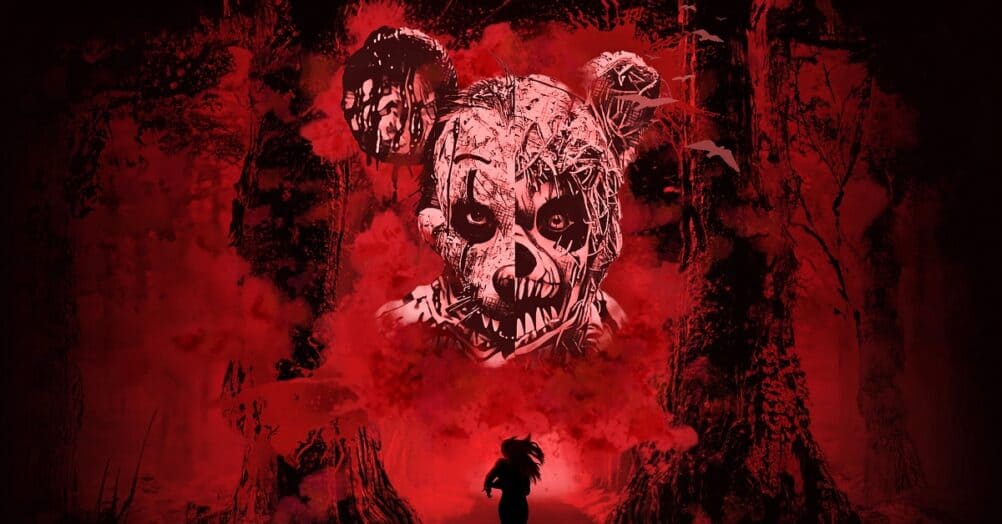
Follow the JOBLO MOVIE NETWORK
Follow us on YOUTUBE
Follow ARROW IN THE HEAD
Follow AITH on YOUTUBE